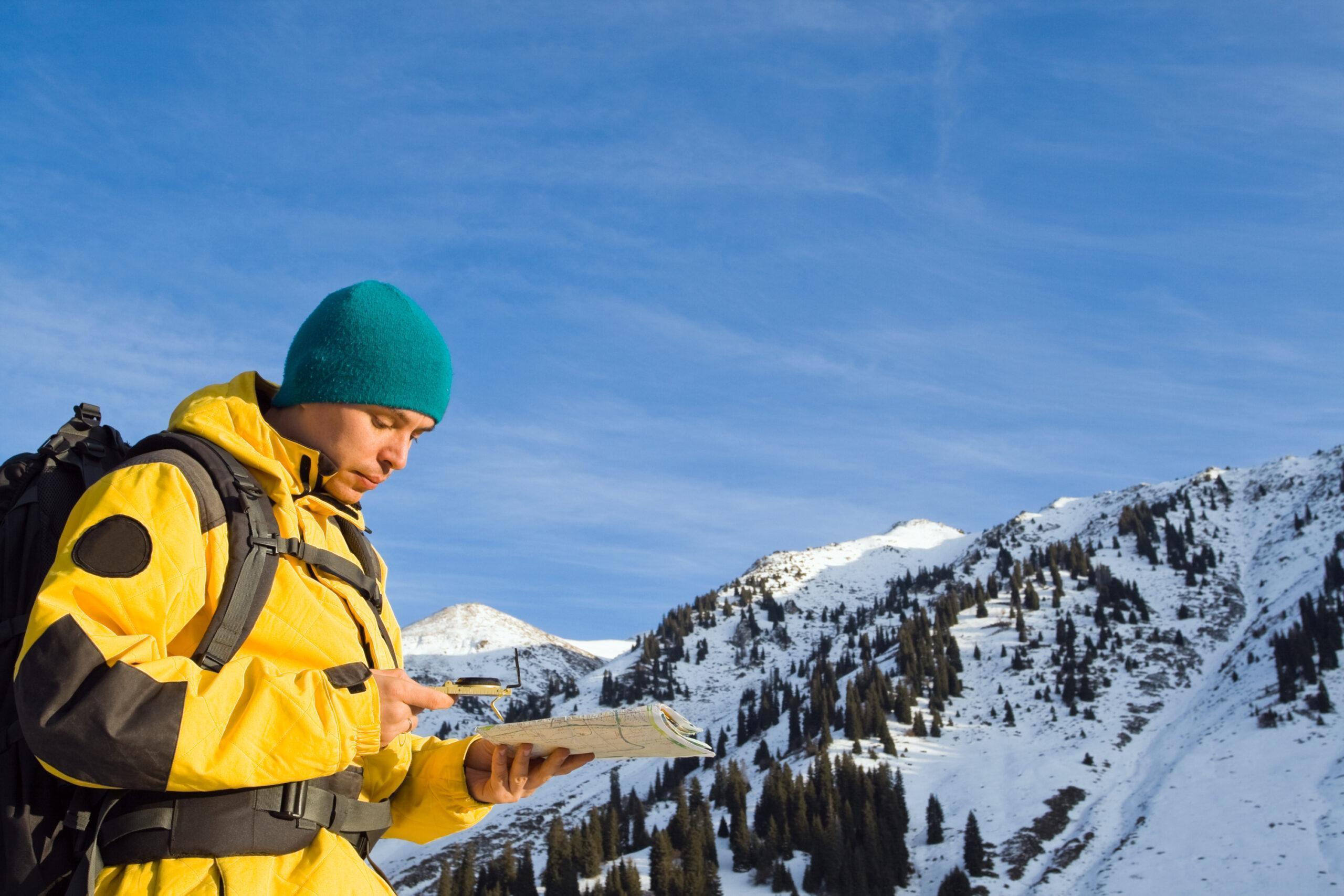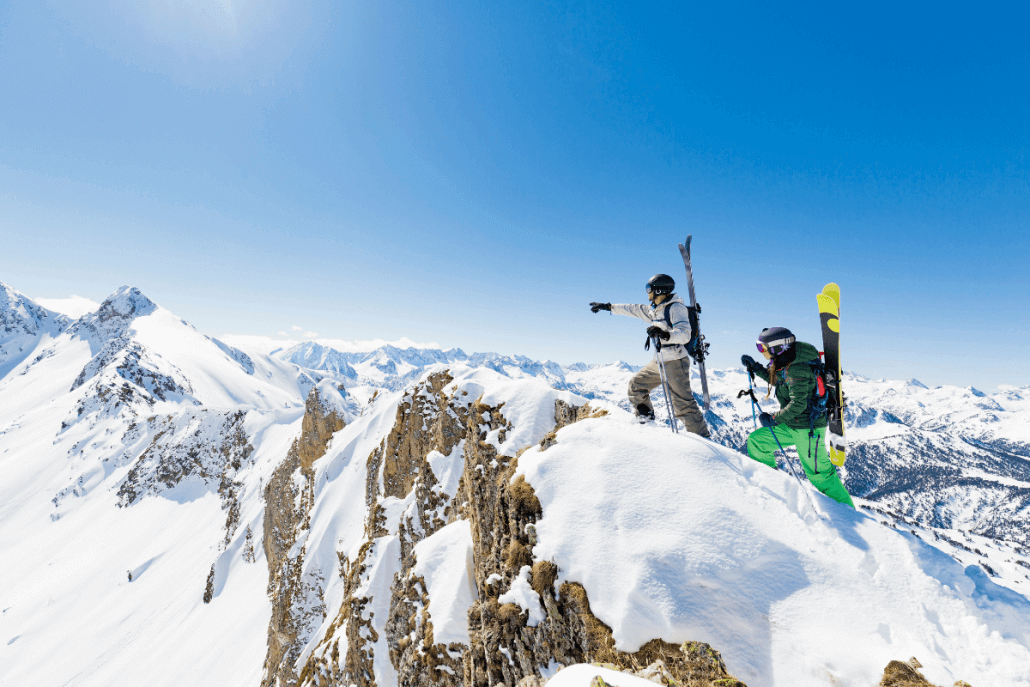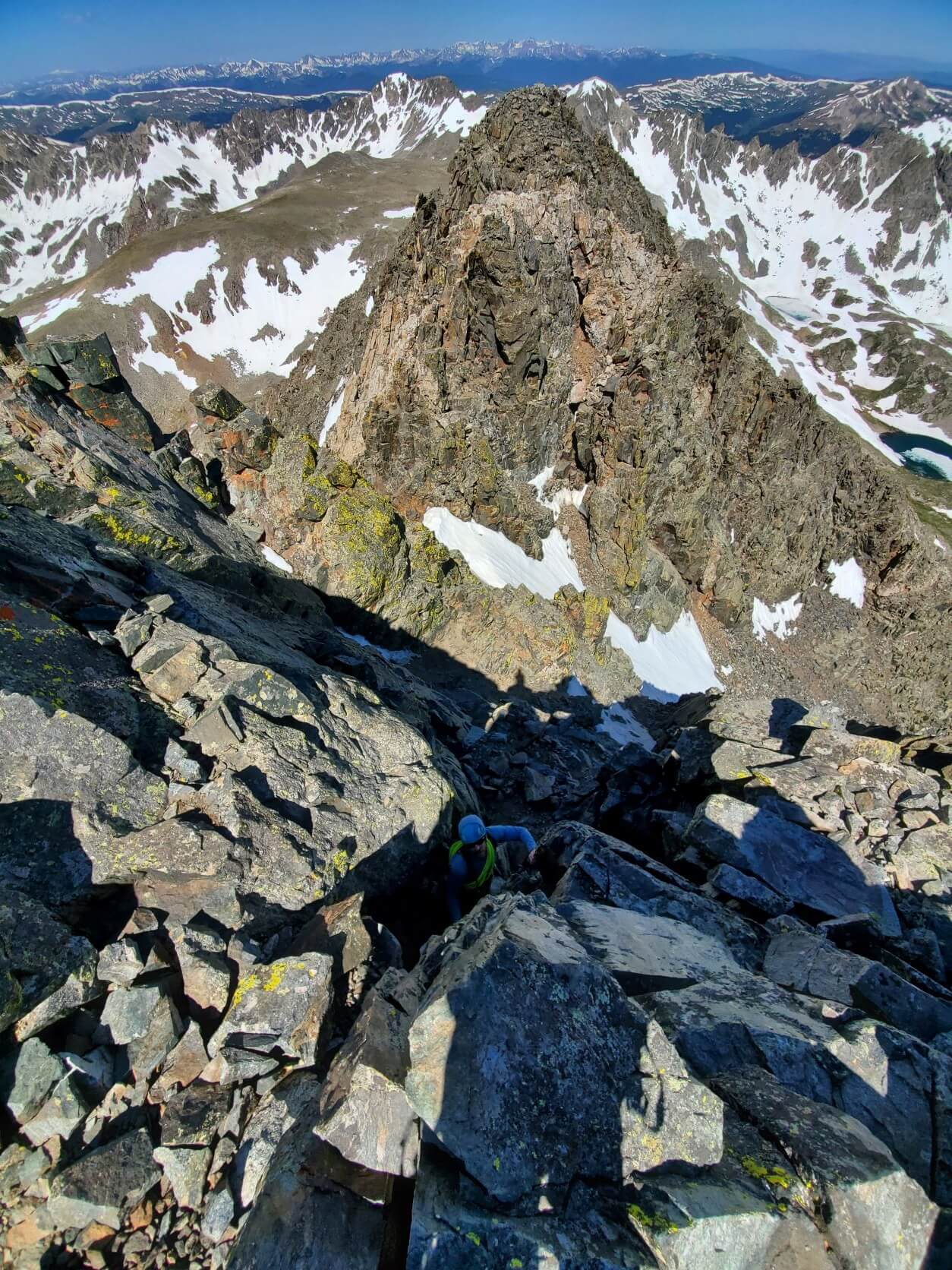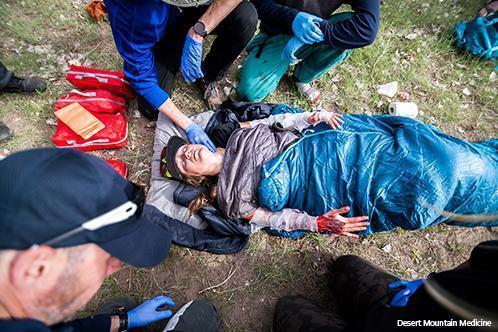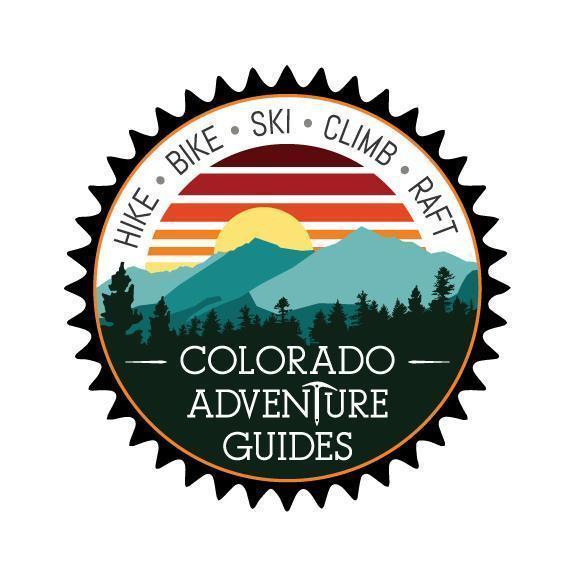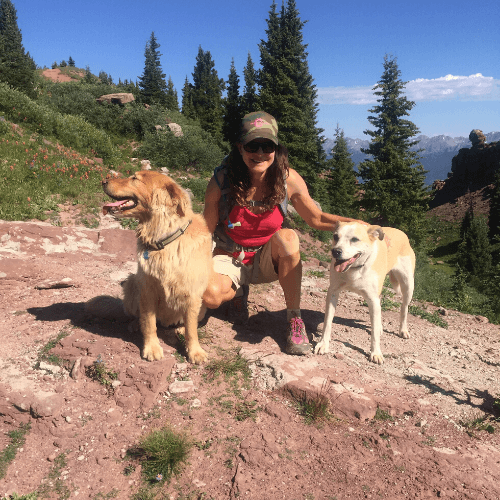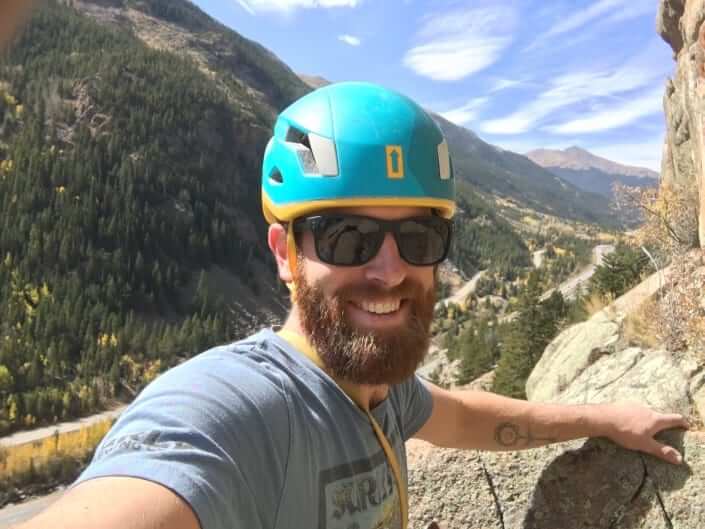Top Ten Wilderness Essentials
THE TOP 10 WILDERNESS ESSENTIALS
Any time that you venture into the wilderness, the goal is to come back safe and have the gear that’s going to keep you fed, hydrated, warm, dry, and comfortable in any situation. Especially in Colorado’s alpine environments, conditions may change by the minute, and anyone who ventures into the mountains should have the tools, know-how, and confidence to stay safe. The ten essentials are the survival tools that give any adventurer, whether hiker or backcountry skier, the means to be prepared for any situation.
THE 10 ESSENTIALS
- Navigation
- Sun Protection
- Insulation
- First Aid
- Illumination
- Fire
- Hydration
- Emergency Shelter
- Repair Kit
- Nutrition
Navigation
We love our electronic devices. They can help you get to the trailhead, check the weather, and call your mom. (No, really. Call her.) But what happens when your phone didn’t charge, or you were bombing with summit selfies and draining your battery? It’s important to have a paper backup of the area that you’re exploring. A map in laminated plastic is invaluable when you don’t want to take your phone out in the rain. Having and understanding a compass will help you triangulate your position and understand how to find a way out. Consider investing in training and orienteering courses with Colorado Adventure Guides if you plan to travel in the backcountry.
Sun Protection
The sun can be unbelievably harsh, especially in the winter. A good pair of sunglasses, a hat, and sunscreen will help you avoid painful burns, reduce the risk of health concerns that come with sun exposure, and protect your eyes from blinding light. In the winter, the dangers of sun exposure are increased as the snow becomes more reflective and the intensity increases. The best way to protect yourself is to wear a sturdy hat or hood, wear sunscreen with a high SPF Rating, and wear sunglasses with plastic coverings around the temples. This will keep light from filtering in the side and protect sensitive eyes from burning.
”</p>
Insulation
Staying warm and dry can be the difference between a great day in the mountains and short out and back to the car. Insulation and warmth from head to toe will keep you comfortable all-day long. Starting from the basic base layer, meant to be insulated and moisture wicking, the base layer helps to regulate warm and cold body temperature. Next, you’ll have a sun layer which is light enough to prevent sweating but also to protect the body from UV Rays. The outer layer is the insulation, which protects the body when at a standstill, from getting too cold. Finally, the outer waterproof layer protects from rain and wind. Keeps water out and keeps heat in.
Fire Starter
A responsible fire can lift spirits by providing warmth and light, and having a good fire will exponentially increase survival. Waterproof matches can withstand rough conditions and light up in the wettest of places or a trusty lighter, which can also serve as a handy repository for duct tape. For using flints and sparkers look for dry kindling, tree sap and dead wood. Never use accelerant and obey all fire restrictions and open fire bans.
Emergency Shelter
Adventure is never straight-forward and often times it doesn’t go as planned, leaving some stranded in an unexpected overnight. Having an emergency shelter can help keep you warm and safe on the roughest of nights. A simple tarp can act as a protection from rain or the outer shell of a hypothermia wrap. A foam insulating pad protects from heat loss when being on the ground or taking a break, or a bivouac sack is a shelter made of tent material that can quickly be put up in a short amount of time. It’s important to have peripheral items such as para-cord and extra stakes and poles, but the most important part is to be sheltered and protected from the elements.
Knife or Multi-Tool
A knife or multi-tool can do everything from helping to fix a broken bicycle to creating splints and emergency medical equipment. The perfect knife is portable and foldable with a full tang blade that extends into the handle. The blade should be high carbon or surgical steel, with a minimum length of 4-7 inches and a solid synthetic handle. A good multi-tool can come in multiple forms, such as a foldable knife or in a carbon credit card like device that fits in a wallet. The important thing is to have a tool that is tailored with features geared towards your specific activity.
First Aid Kit
The First Aid Kit is probably one of the most essential items that any adventurer needs in their pack. A good kit can be the literal difference between life and death as well as having the medical training and know how on how to use them and how to keep yourself or your partner safe. An effective First Aid Kit includes:
- CPR Mask
- Gloves
- Tourniquet
- Gauze (4×4, roller gauze, abd pads, non-stick, hemostatic)
- Elastic bandage, co-band
- SAM splint
- Triangle bandages
- Space Blanket
- Duct tape, medical tape
- Knife, trauma shears
- Pen & Paper – waterproof
- Bandages, butterflies
- Antiseptic wipes
- OTC meds
- Any Rx medications you might take on a daily basis – Insulin / diabetes, heart/CV, asthma, allergy / anaphylaxis, behavior / mood, contacts / glasses, etc.
Signaling Devices
While a phone is a great way to get fast and immediate help, in some more remote places, it helps to have a GPS Tracker to transmit your location for tracking purposes or to call in the event of an emergency or evacuation.
Some devices have free text capability to communicate with your rescuers.
Smoke, mirrors, flares, flashlights, and bright colored clothing or equipment can be used to reveal your location and signal rescuers.
“]
Course Information
The final piece of gear is your own knowledge. Understanding CPR and First Aid, WFA or WFR (Wilderness First Aid and Wilderness First Responder) Orienteering, Survival Skills, Avalanche Education, Camping and Outdoor Cooking will get you far on your adventures. You can take these through Colorado Adventure Guides, Desert Mountain Medicine, NOLS, Colorado Mountain College, REI, American Hear Association, American Red Cross, AIARE.

